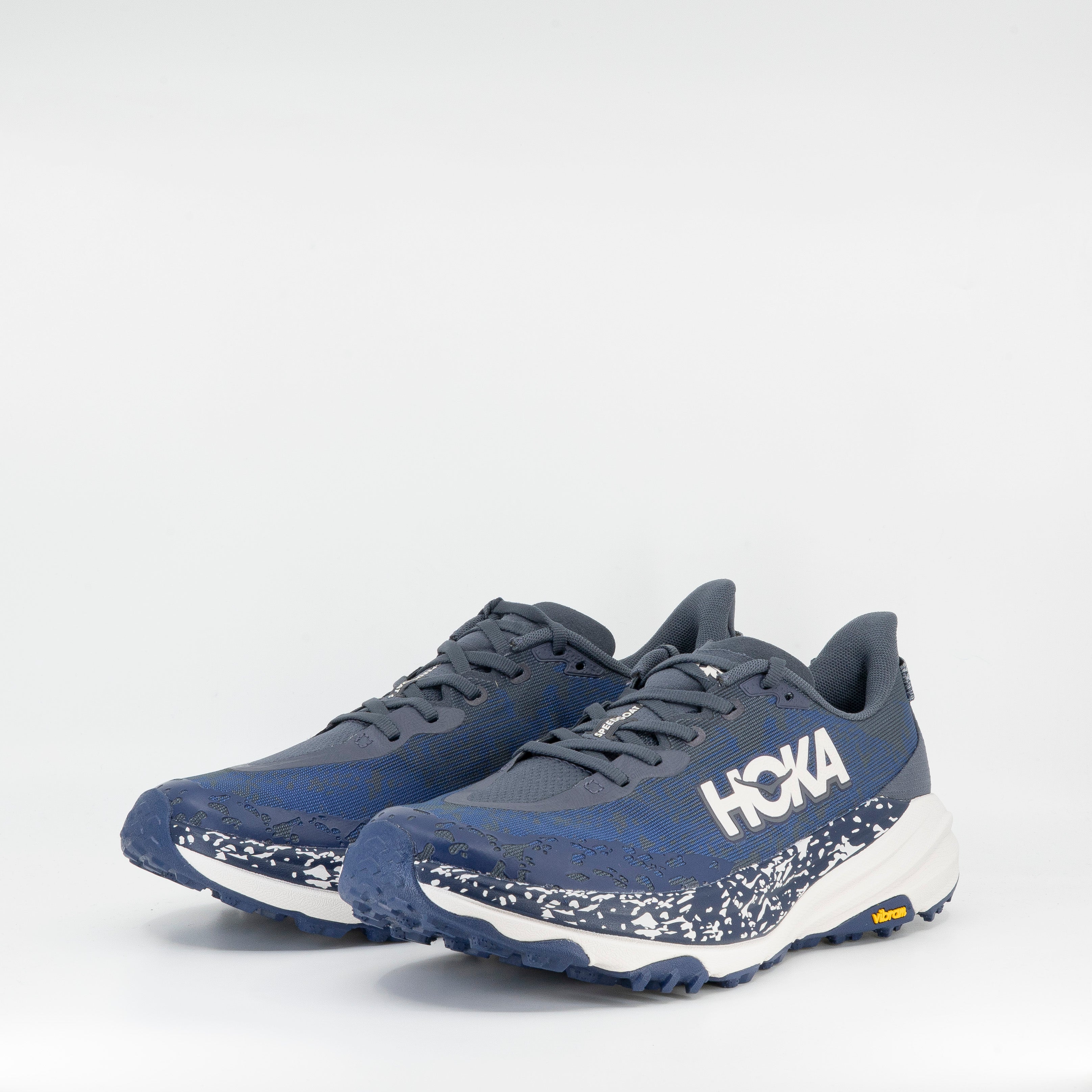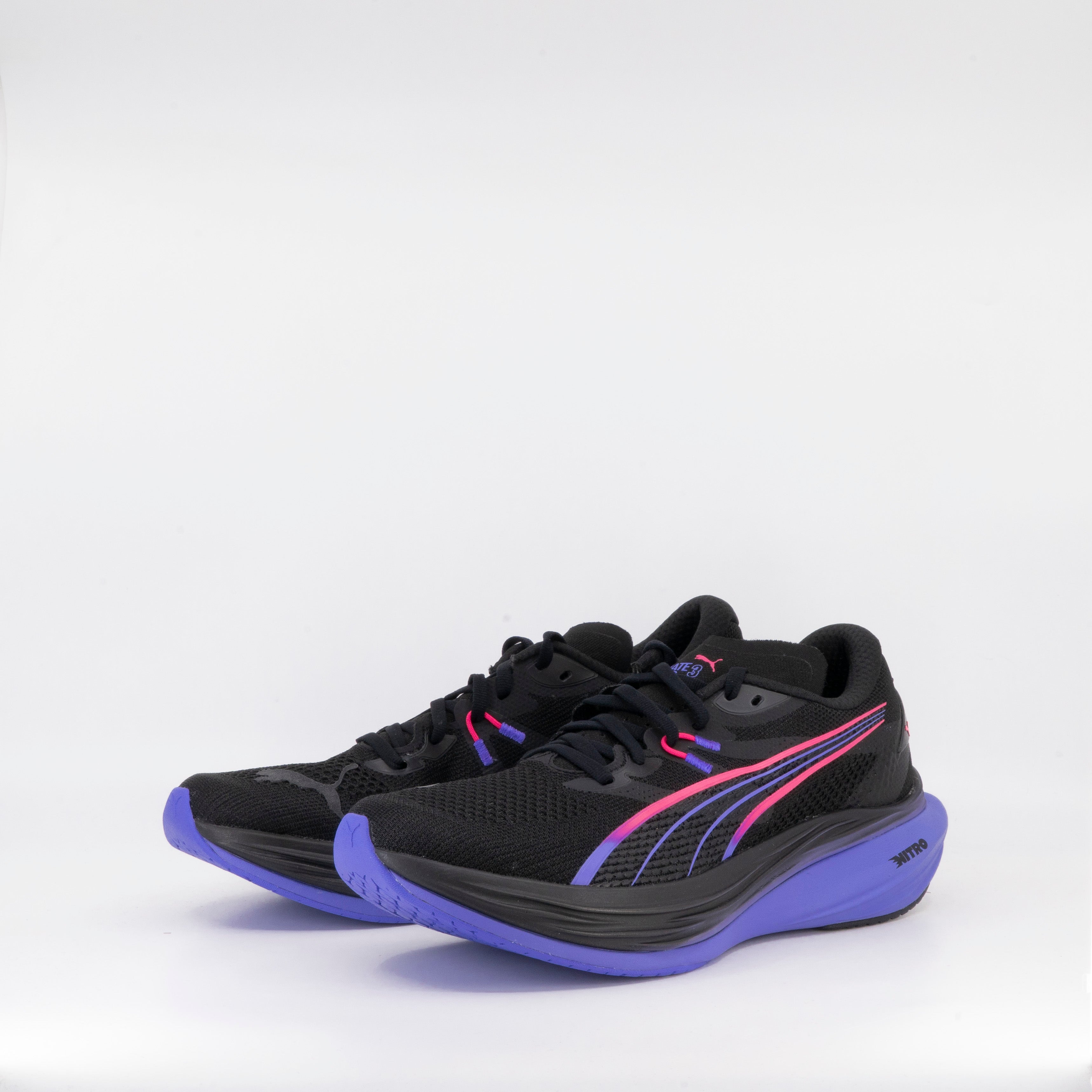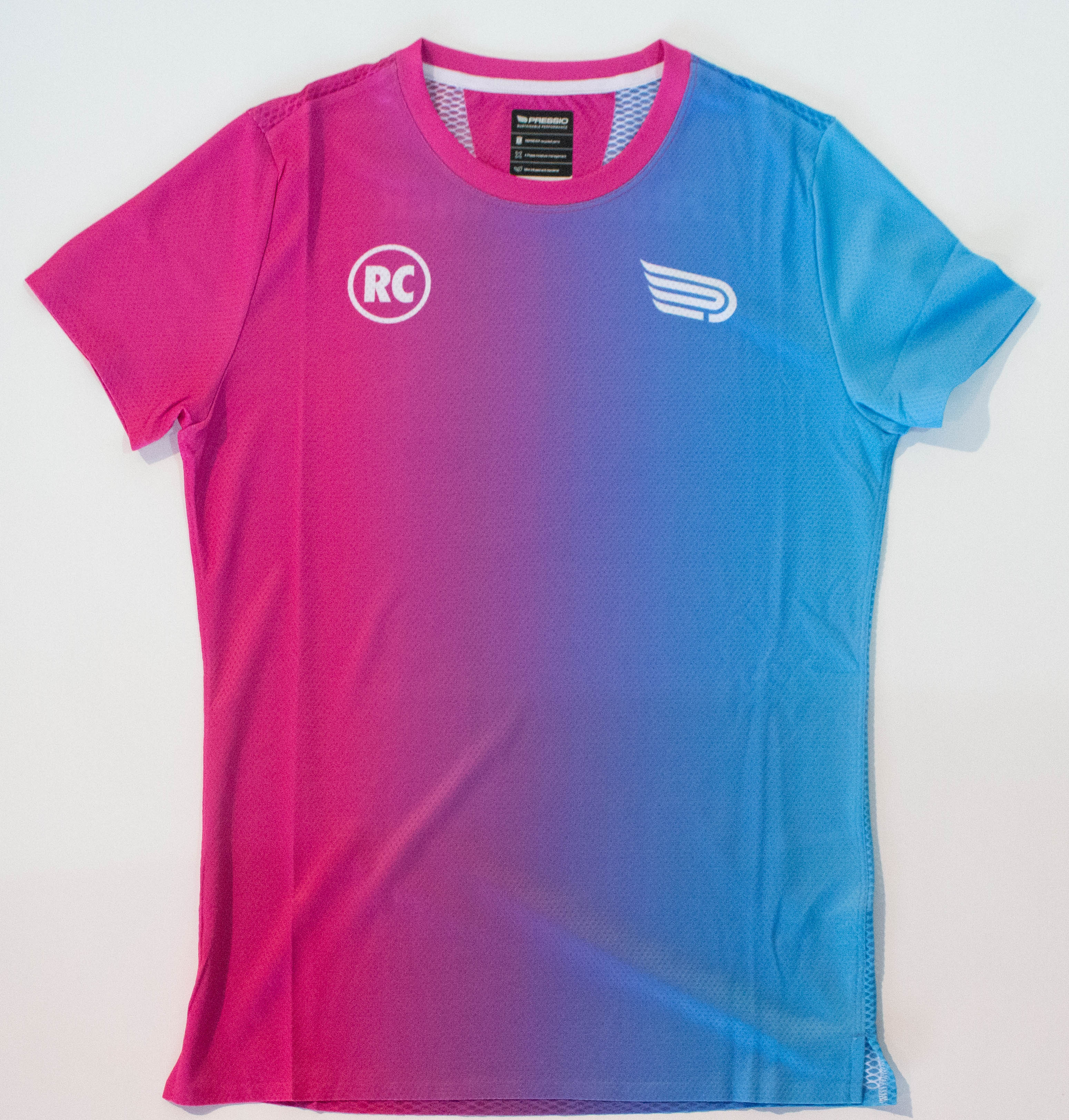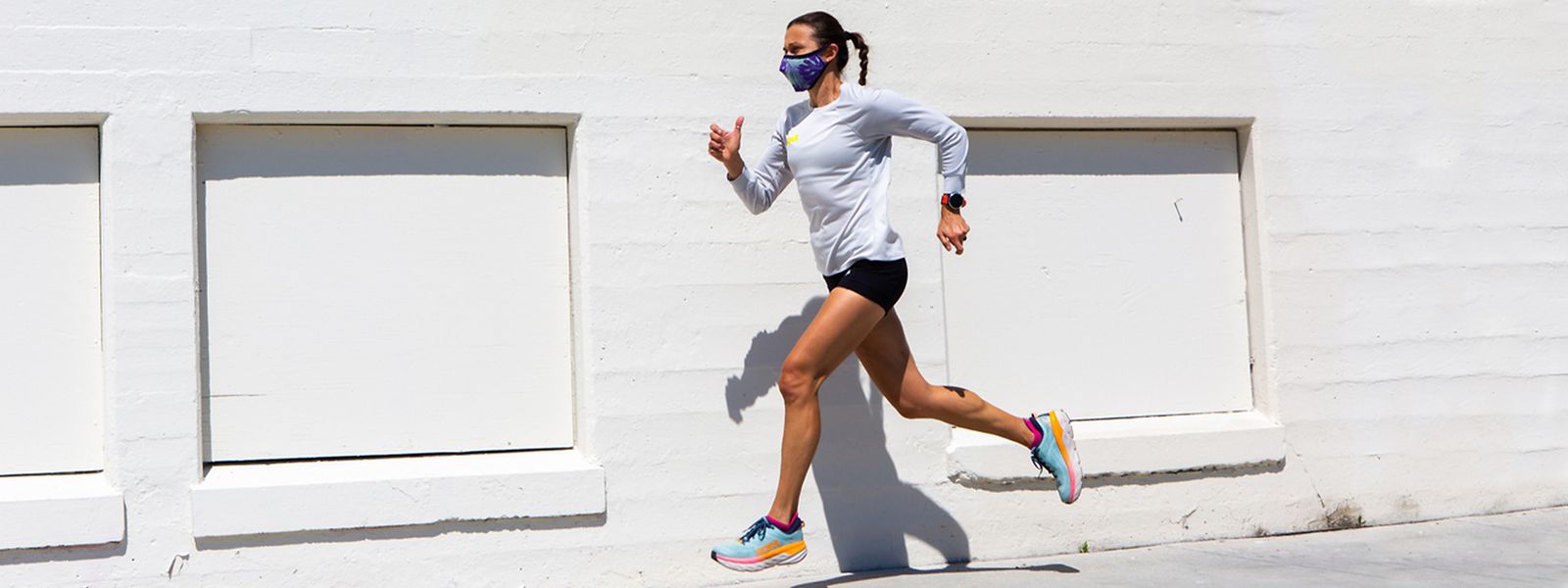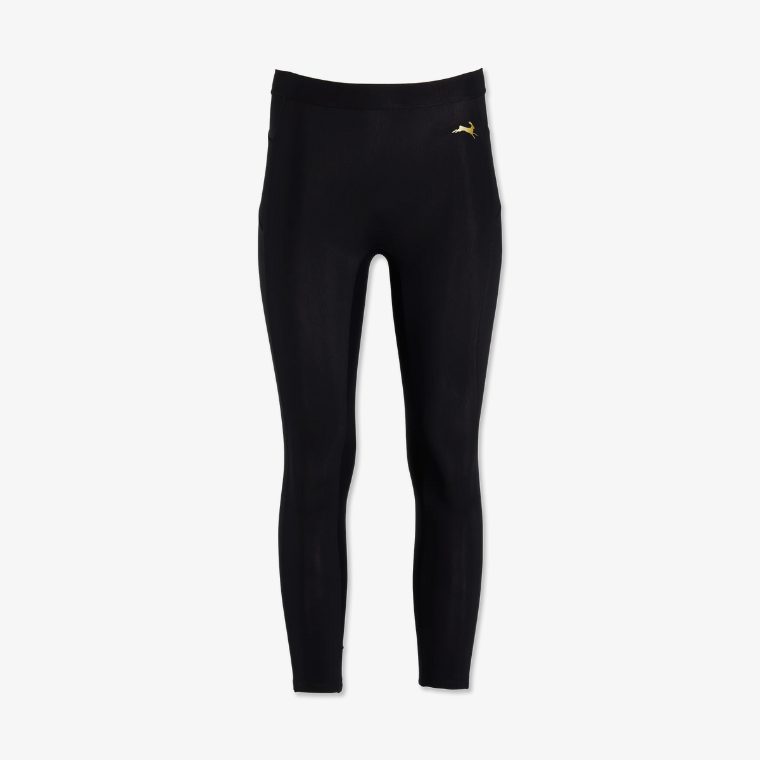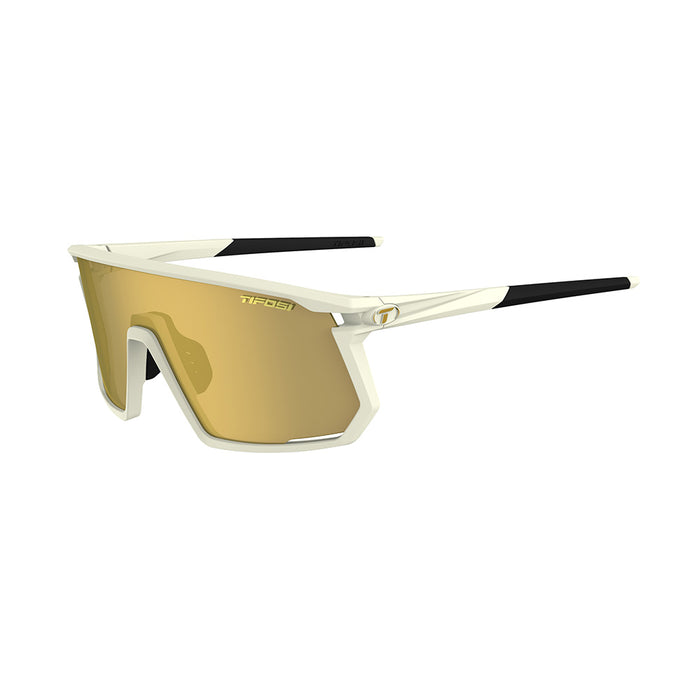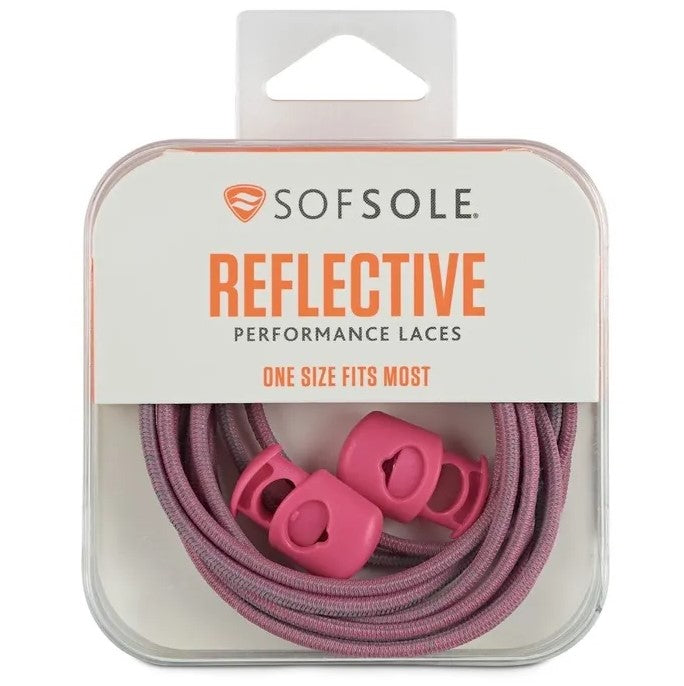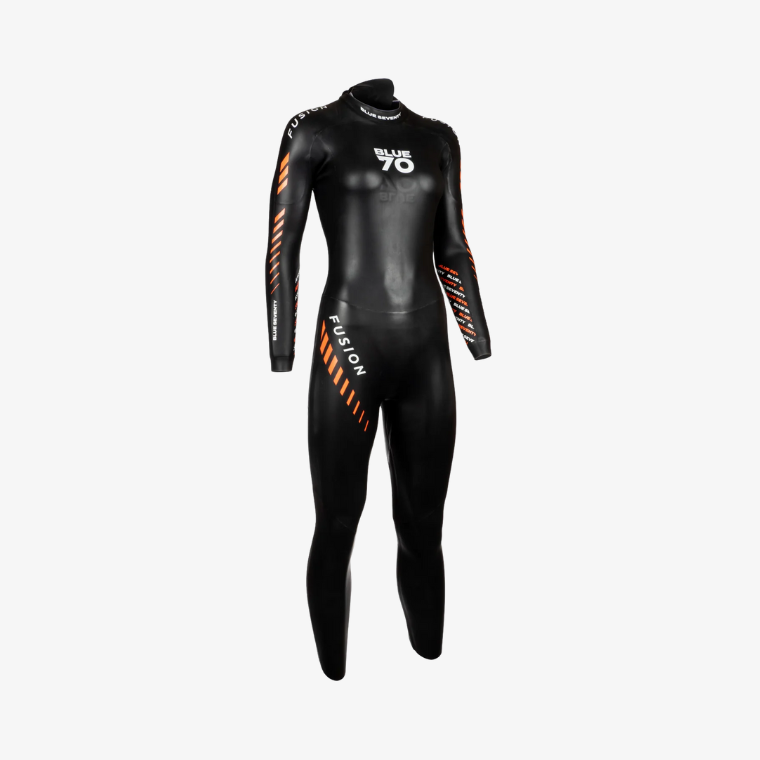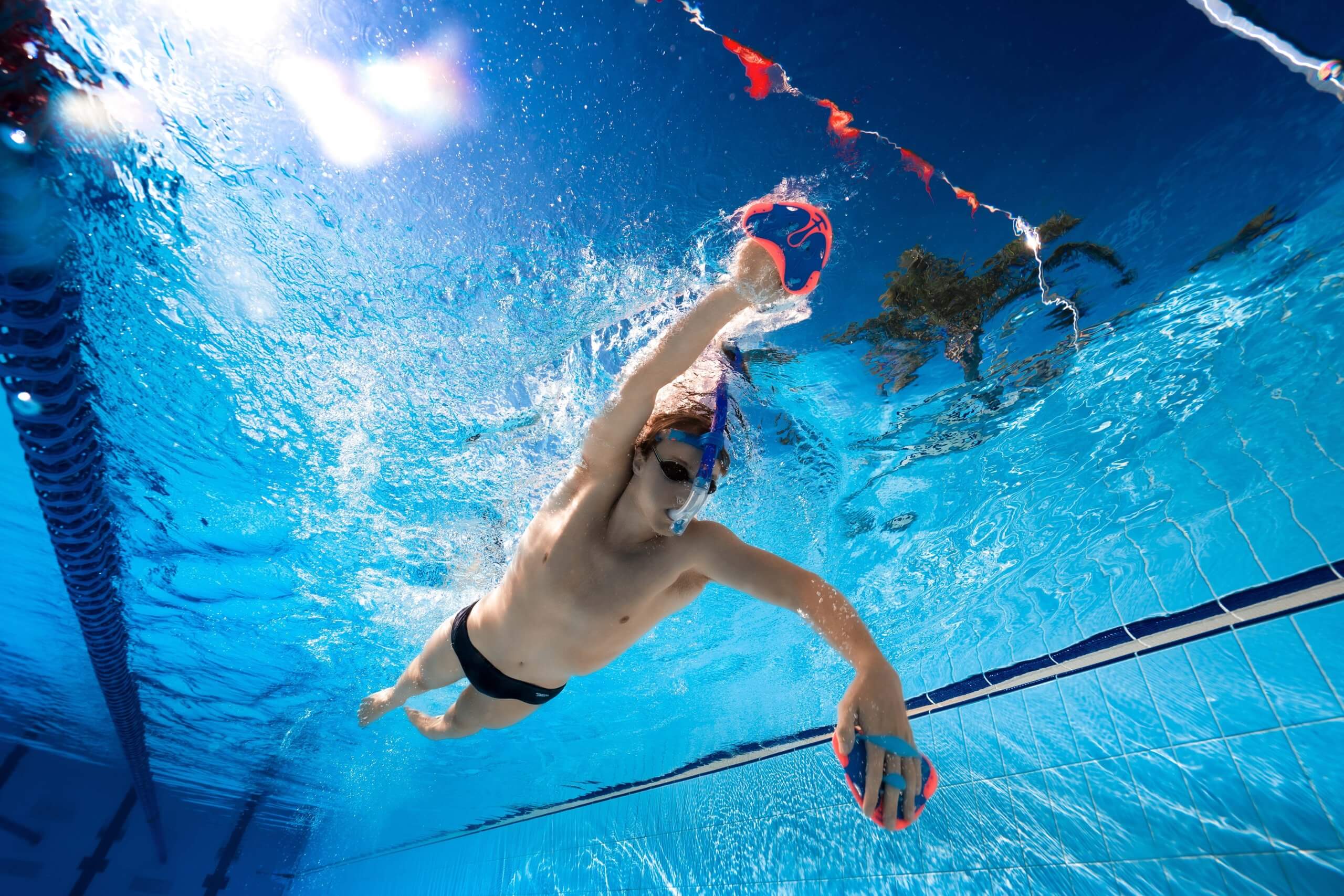Fire and Ice: Understanding Sauna Use and Cold Water Immersion
Part 1: Foundations of Heat and Cold Adaptation
Unless you have been living under a rock, you have probably noticed the recent trend for performing all sorts of shenanigans with cold water and/or ice. It could be the ice bucket challenge, stripping off and climbing into glacier lakes, or slowly lowering your nether regions into a near frozen solid ice bath you just happen to have on your balcony in the middle of winter. Sometimes this is done with some vague reference to health and wellbeing (and often mental health), though this is often a thinly veiled ploy for getting more clicks and likes.
I have (rather unfairly I feel) developed a reputation on social media as someone who hates ice baths and takes every opportunity to call out those promoting them as the solution to everything which ails you. I certainly don’t hate ice baths, but I do hate wild claims with a lack of context. And in this instance, it is certainly a case of not hating the game, but hating the players.
Very rarely do you see people posting about their high temperature sauna experiences with the same enthusiasm as they do ice baths. And yet I have worked with athletes who use saunas and heat adaptation to improve their fitness, and, specifically, use it as a ‘poor man’s’ altitude training (more on that later). And I had a theory (or three) as to why that is.
Oska and I ran a couple of polls prior to putting this series together. In one question, we asked which modality - heat or cold - offers the most benefits. Broadly, 80% voted that heat had more health and fitness benefits overall.
But when asked which looked more ‘heroic’ when viewed on social media, 80% said ice baths.
This means that the algorithms are driven to serving up more ice bathing than saunas. And I get it - when you have fit, lean, and athletic bodies (mostly) lowering themselves into cold water, well, that makes for good viewing. But what is good for our entertainment is not necessarily efficacious for our health and performance.
So, we wanted to bring back a bit of balance to this topic and outline the pros and cons on each modality so that you can make a more informed decision about what might be best for you away from the hype and hyperbole of social media. This article series aims to explore these modalities, their effects on the human body, and their potential benefits and risks. In this first part (of 3), we will establish a foundational understanding of heat and cold adaptation.
Historical Context
The use of extreme temperatures for health and wellness is not a modern invention. Sauna use has been a cornerstone of Finnish culture for thousands of years, with the practice spreading globally in recent decades. Similarly, various forms of cold water therapy have been utilised in numerous cultures throughout history, from the ancient Romans to modern-day sports medicine.
Heat Adaptation: The Sauna Experience
Sauna use involves exposing the body to high temperatures, typically ranging from 60°C to 120°C, for short periods. There are several types of saunas:
- Traditional Finnish saunas: Use dry heat with low humidity
- Infrared saunas: Employ light waves to heat the body directly
- Steam rooms: Provide wet heat with high humidity
- Portable sauna blankets: Offer personal, at-home heat exposure
When an individual enters a sauna, their body undergoes several physiological changes:
- Increased heart rate
- Vasodilation (widening of blood vessels)
- Profuse sweating
- Elevated core body temperature
These responses trigger a cascade of adaptations that, over time, can lead to various health benefits:
- Improved cardiovascular function
- Enhanced endurance capacity
- Reduced stress levels
- Potential improvements in recovery and muscle growth
- Increased production of heat shock proteins
- Potential boost in growth hormone levels
Sauna use has been associated with significant long-term health benefits. A landmark study published in JAMA Internal Medicine in 2015 followed 2,315 middle-aged Finnish men for an average of 20.7 years. The study found that compared to men who did not use a sauna at all, those who used a sauna 4-7 times per week had:
- 63% lower risk of sudden cardiac death
- 50% lower risk of cardiovascular disease mortality
- 48% lower risk of coronary heart disease
- 40% lower risk of all-cause mortality
These findings underscore the potential long-term health benefits of regular sauna use, particularly for cardiovascular health.
Cold Adaptation: The Practice of Cold Water Immersion
Cold water immersion, often in the form of ice baths, has become increasingly popular among athletes and fitness influencers/enthusiasts. This practice involves immersing the body in cold water, typically between 0°C to 15°C, for short durations.
Forms of cold therapy include:
- Ice baths*
- Cold showers
- Cryotherapy chambers
- Natural cold water immersion (lakes, oceans)*
*It is these forms in particular which have become most popular on social media.
When the body is exposed to cold water, it experiences several immediate physiological responses:
- Vasoconstriction (narrowing of blood vessels)
- Increased heart rate
- Shivering (in prolonged exposure)
- Reduced core body temperature
The potential benefits of cold water immersion include:
- Reduced muscle soreness and inflammation
- Accelerated recovery between intense physical efforts
- Enhanced mental resilience
- Possible improvements in immune function
- Increased production of cold shock proteins
- Significant increases in dopamine and norepinephrine levels
Recent research has shown that cold exposure can lead to large increases in dopamine and norepinephrine, perhaps explaining why some individuals become so addicted to it (as well as being so defensive of the practice when one questions its efficacy).
Where I believe that many people go wrong with cold water immersion, and ice baths in particular, is stacking this stress (and it is a stress) on top of the likes of training stress, and energy/fuel stress, where people are engaging in different variants of regular fasting.
The dopamine and noradrenaline (and adrenaline if going really cold), along with the reduced muscle soreness and inflammation, can fool people into thinking it is helping their training… Except it might just be hindering it. More in part 2.
Comparative Analysis: Heat vs. Cold Adaptation
While both heat and cold exposure can be beneficial, they work through different mechanisms:
Heat adaptation typically results in:
- Improved cardiovascular efficiency
- Increased blood plasma volume
- Enhanced thermoregulation through more efficient sweating
- Increased production of heat shock proteins
Cold adaptation often leads to:
- Reduced inflammatory responses
- Potential improvements in short-term recovery
- Enhanced cold tolerance
- Increased production of cold shock proteins
The Science of Adaptation: Hormesis
Both heat and cold exposure are forms of hormetic stress – mild stressors that can lead to positive adaptations when applied correctly. This concept, known as hormesis, is crucial in understanding how our bodies react to and benefit from these extreme temperature exposures.
Heat acclimation can lead to:
- Improved heat tolerance
- Enhanced cardiovascular performance
- Potential neuroprotective effects
Cold adaptation may result in:
- Improved ability to maintain core temperature in cold environments
- Slight increases in basal metabolic rate
- Enhanced activation of brown adipose tissue
The key to reaping these benefits lies in consistent, gradual exposure, allowing the body to adapt over time.
Sex Differences in Heat and Cold Adaptation
An area of growing interest in the field of environmental physiology is the difference in how male and female bodies respond to and adapt to extreme temperatures. These sex-based differences can have significant implications for how heat and cold therapies are applied and their potential benefits or risks.
Heat Adaptation and Sex Differences
Research has shown that there are notable differences in how men and women respond to heat stress:
- Thermoregulation: Women generally have a higher core body temperature and begin sweating at a higher temperature compared to men. This can affect how quickly they adapt to heat exposure.
- Cardiovascular Response: Women typically have a lower blood volume and smaller heart size relative to body mass, which can influence their cardiovascular response to heat stress.
- Hormonal Influences: The menstrual cycle in women can affect thermoregulation. During the luteal phase, core body temperature is slightly elevated, which may impact heat tolerance and adaptation.
- Body Composition: Women generally have a higher body fat percentage and lower muscle mass compared to men, which can affect heat dissipation and generation.
Despite these differences, studies have shown that women can achieve similar levels of heat acclimation as men, though they may require slightly different protocols or longer adaptation periods.
Cold Adaptation and Sex Differences
The response to cold exposure also exhibits sex-based differences:
- Body Fat Distribution: Women typically have a higher subcutaneous fat content, which can provide better insulation against cold. However, this can also slow the rate of peripheral cooling, potentially affecting some of the proposed benefits of cold therapy.
- Vasoconstriction: Some studies suggest that women may have a more pronounced vasoconstriction response to cold, which could affect how quickly body temperature drops during cold water immersion.
- Shivering Response: Men generally have a greater muscle mass, which can lead to a more robust shivering response and greater heat production in cold environments.
- Cold Water Immersion Therapy: A notable review by Stephens et al. (2017) found that very cold water immersion (5°C) may not provide the same recovery benefits for women as it does for men, and might even hinder recovery in some cases. This suggests that optimal cold therapy protocols may need to be adjusted based on sex.
- Brown Adipose Tissue (BAT): Some research indicates that women may have more active brown adipose tissue, which is involved in non-shivering thermogenesis. This could influence how women adapt to regular cold exposure.
Implications for Practice
These sex-based differences highlight the importance of individualised approaches to heat and cold therapies:
- Sauna Use: Women may need to start with shorter sauna sessions or lower temperatures and gradually increase exposure to achieve optimal adaptation.
- Cold Water Immersion: Women might benefit from slightly warmer water temperatures (10-15°C instead of 5-10°C) or shorter immersion times compared to men, especially when using cold therapy for recovery. This 10-15°C is not ice water and might not look that impressive on social media!
- Monitoring: Both men and women should pay close attention to their individual responses to heat and cold therapies and adjust protocols accordingly.
- Research Needs: More studies are needed to fully understand the long-term adaptations to heat and cold exposure in both sexes, as much of the existing research has been predominantly conducted on male subjects.
It's crucial to note that while these sex-based differences are important, individual variation within each sex is more significant and more important to pay attention to. Factors such as fitness level, age, body composition, and overall health status can all influence how an individual responds to and adapts to temperature extremes.
Conclusion
Understanding the fundamentals of heat and cold adaptation outlined here provides a foundation for exploring their potential applications in health and performance contexts without getting lost in the BS on social media. While both modalities offer promising benefits, it's essential to approach them with an informed perspective, considering individual factors and potential risks.
In the next parts of this series, we will delve into the controversies and common misconceptions surrounding heat and cold therapies, examine the evidence behind popular claims, address potential misuse of these practices, and provide guidance on how to implement these practices safely and effectively.
As always, context matters.
Jamie Scott
Athletica Nutrition






